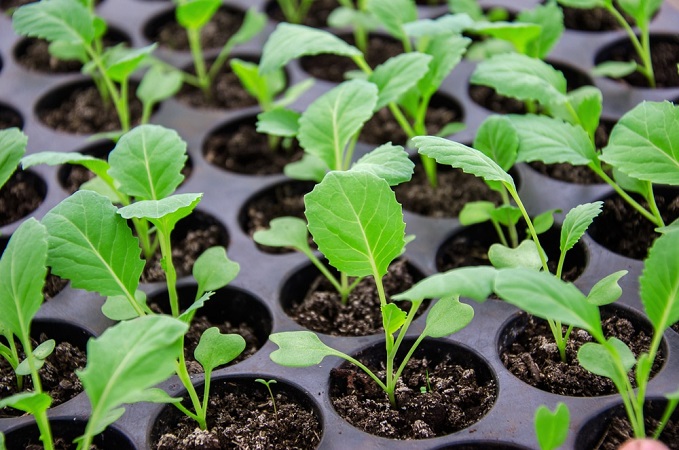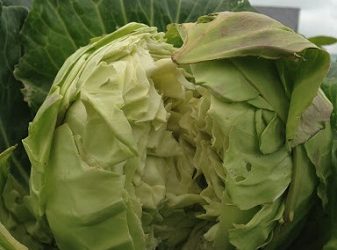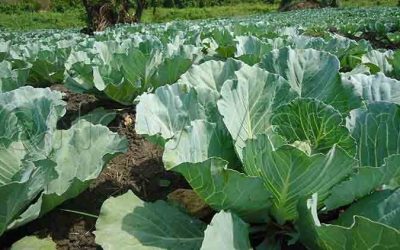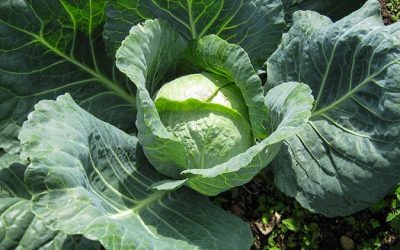Cabbage growing problems and how to solve them

Here are common cabbage growing problems with cures and controls:
• Seedlings fail to emerge from soil; seedlings are eaten; roots are tunneled. Cabbage maggot is a small gray-white, legless worm to ⅓-inch long; adult is the cabbage root fly, looks like a housefly. Flies lay eggs in the soil near the seedling or plant. Maggots will tunnel into roots leaving brown scars; some plants may be honeycombed with slimy tunnels. Exclude flies with floating row covers. Remove and dispose of damaged plants. Apply lime or wood ashes around the base of plants; time planting to avoid insect growth cycle. Plant a bit later when the weather is drier. Companion plant with mint.
• Seeds rot or seedlings collapse with dark water-soaked stems as soon as they appear. Damping off is a fungus that lives in the soil, particularly where humidity is high. Do not plant in cold, moist soil. Make sure soil is well drained.
• Seedlings are eaten or cut off near soil level. Cutworms are gray grubs ½- to ¾-inch long that can be found curled under the soil. They chew stems, roots, and leaves. Place a 3-inch paper collar around the stem of the plant. Keep the garden free of weeds; sprinkle wood ash around base of plants.
• Young sprouts fail to grow or die back; bluish-black spot on leaves and stems. Blackleg is a fungal disease which leaves sprouts girdled and rotting at soil level–“blacklegs.” Blackleg is spread by cutworms and cabbage maggots. Remove and destroy infected plants; keep the garden free of plant debris. Add organic matter to planting bed; make sure soil is well-drained. Rotate crops.
• Young plants flower. Cold will cause young plants to flower and produce seed without forming a head. Protect young plants from cold weather with floating row covers; set transplants into the garden no sooner than 1 to 3 weeks before the last average frost date in spring.
• Main stem becomes dark and wiry. Wirestem is caused by the Rhizoctonia fungus which also caused damping off. Infected plant will not produce strong heads. Do not plant in cold, moist soil. Make sure soil is well drained.
• Irregular yellowish to brownish spots on upper leaf surfaces; grayish powder or mold on undersides. Downy mildew is caused by a fungus. Improve air circulation. Plant resistant varieties. Rotate crops. Keep garden free of plant debris.


